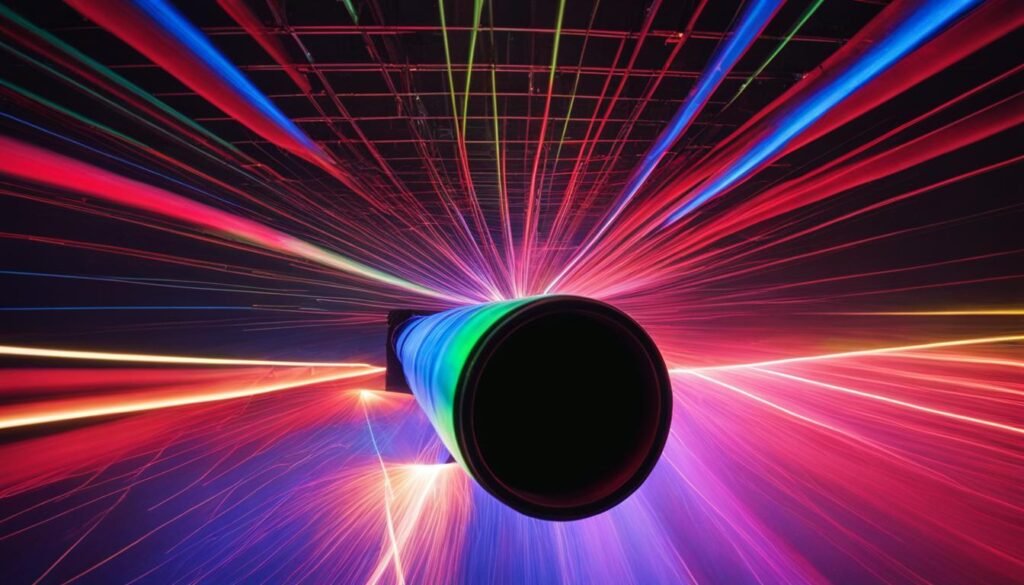Contents
Source: ResearchGate
Understanding Saturation Power in Laser Physics
Saturation power is a critical concept in laser physics, playing a significant role in the design and operation of lasers and amplifiers. This article will explore the fundamental aspects of saturation power, its importance, and its implications in laser technology.
Defining Saturation Power
Saturation power refers to the optical power level at which the gain of a laser medium is reduced to half of its initial small-signal value in a steady state. This parameter is crucial for both laser gain media and saturable absorbers, although the latter is typically not operated in a steady state.
Saturation Intensity
Saturation intensity is closely related to saturation power, defined as the optical power per unit area. It is a measure of how much power is needed over a specific area to achieve saturation.
Calculating Saturation Power
The calculation of saturation power varies depending on the type of laser medium. For low-gain laser amplifiers, the saturation intensity and power can be determined using parameters such as photon energy, emission and absorption cross-sections, upper-state lifetime, and effective mode area.
In four-level gain media, the emission cross-section is zero, while in quasi-three-level media, it plays a significant role. The saturation power can also be derived from the saturation energy divided by the upper-state lifetime.
Significance of Saturation Power
Saturation power is a vital parameter in various laser applications. It dictates the input power required for an amplifier to achieve maximum output power. In four-level lasers, the laser intensity equals the saturation intensity when the pump power is double the threshold pump power, highlighting the inherent properties of the gain medium.
For saturable absorbers used in mode-locked lasers, the ratio of continuous-wave intracavity power to saturation power is crucial for pulse formation.
Pump Saturation Effects
Pump saturation can alter the saturation characteristics of a laser medium if the pump intensity is comparable to or exceeds the pump saturation power. In these cases, the typical rule that gain is halved at saturation intensity may not apply.
Despite this, pump saturation effects are often negligible in many solid-state bulk lasers, where the pump intensity is below saturation levels. Even if local pump saturation occurs, it may not significantly impact overall laser performance, as the pump power may be absorbed in other regions of the gain medium.
Conclusion
Understanding saturation power is essential for optimizing laser and amplifier performance. By grasping the principles of saturation power, saturation intensity, and pump saturation effects, engineers and scientists can design more efficient and powerful laser systems.

In summary, mastering these concepts can lead to advancements in laser technology, benefiting various scientific and industrial applications.

Source: Korneff Audio
Feel free to comment your thoughts.


